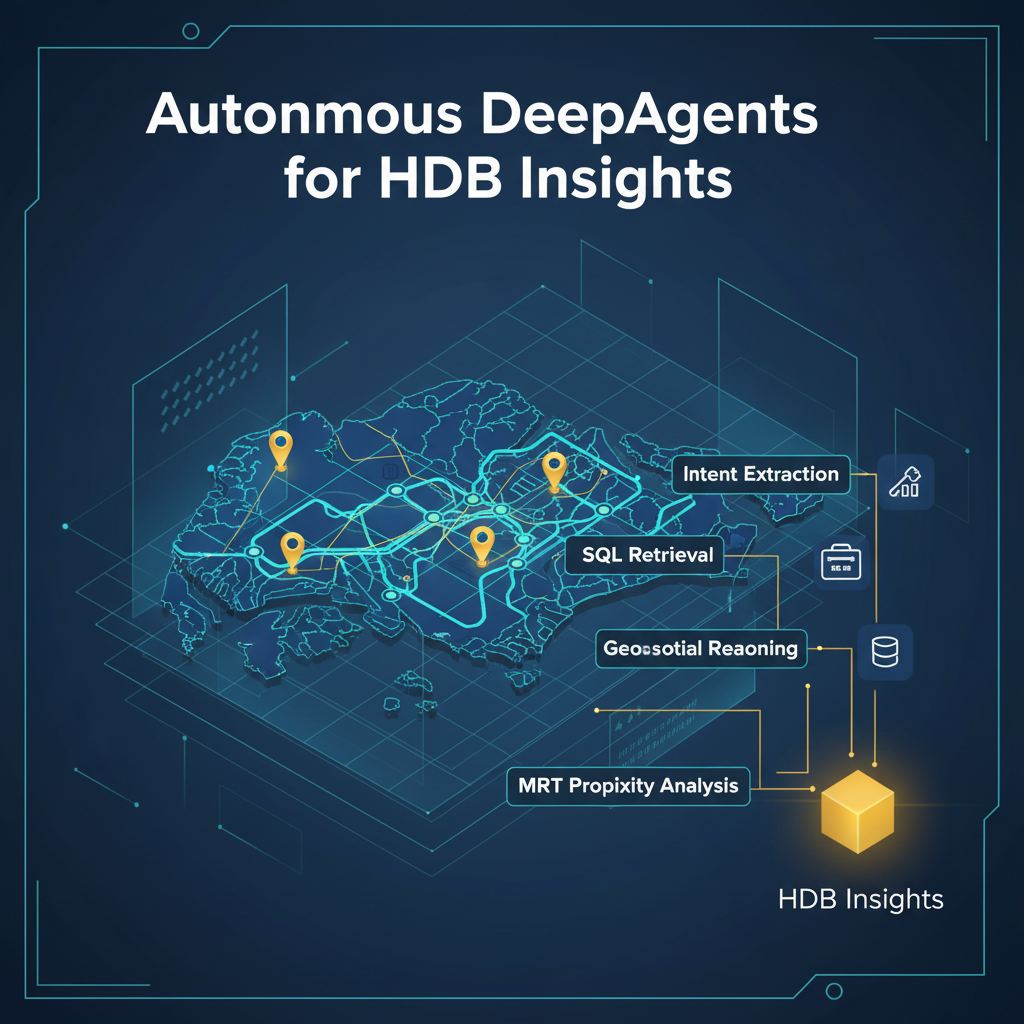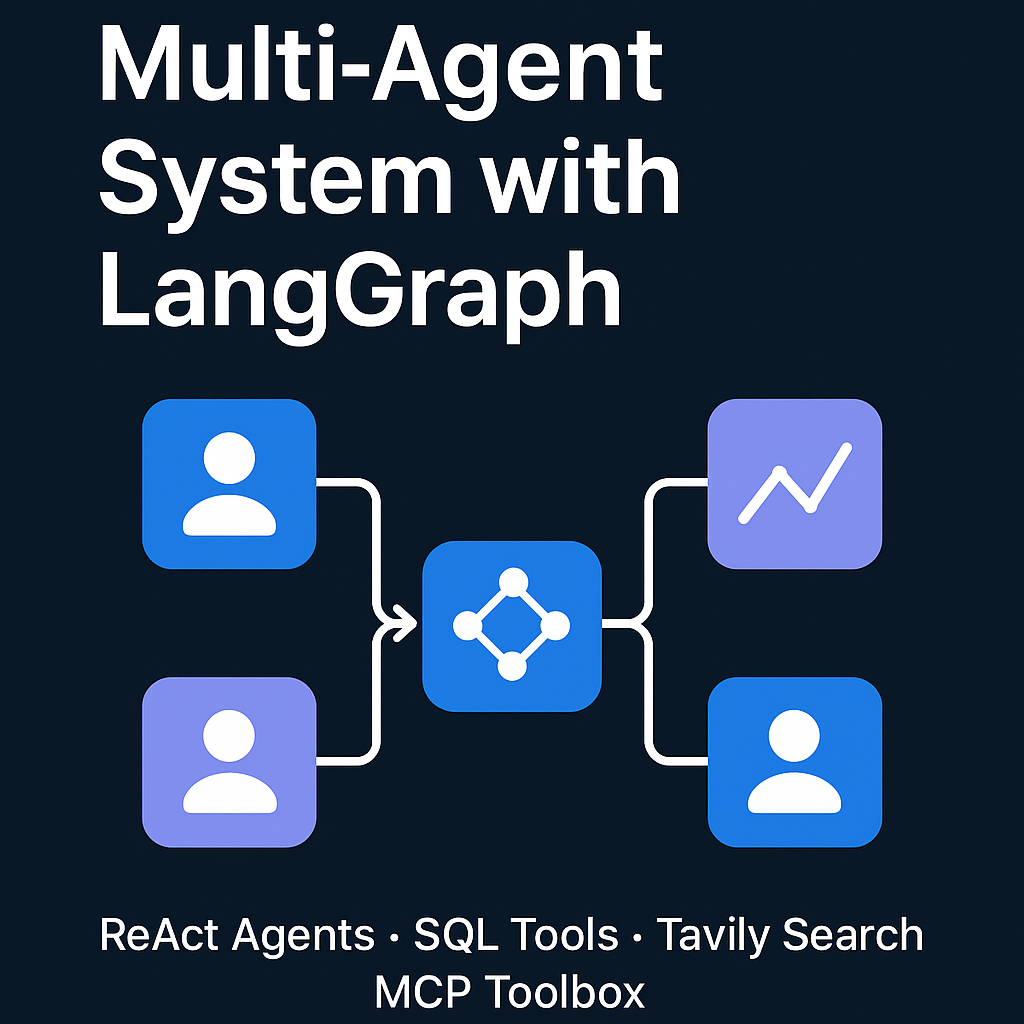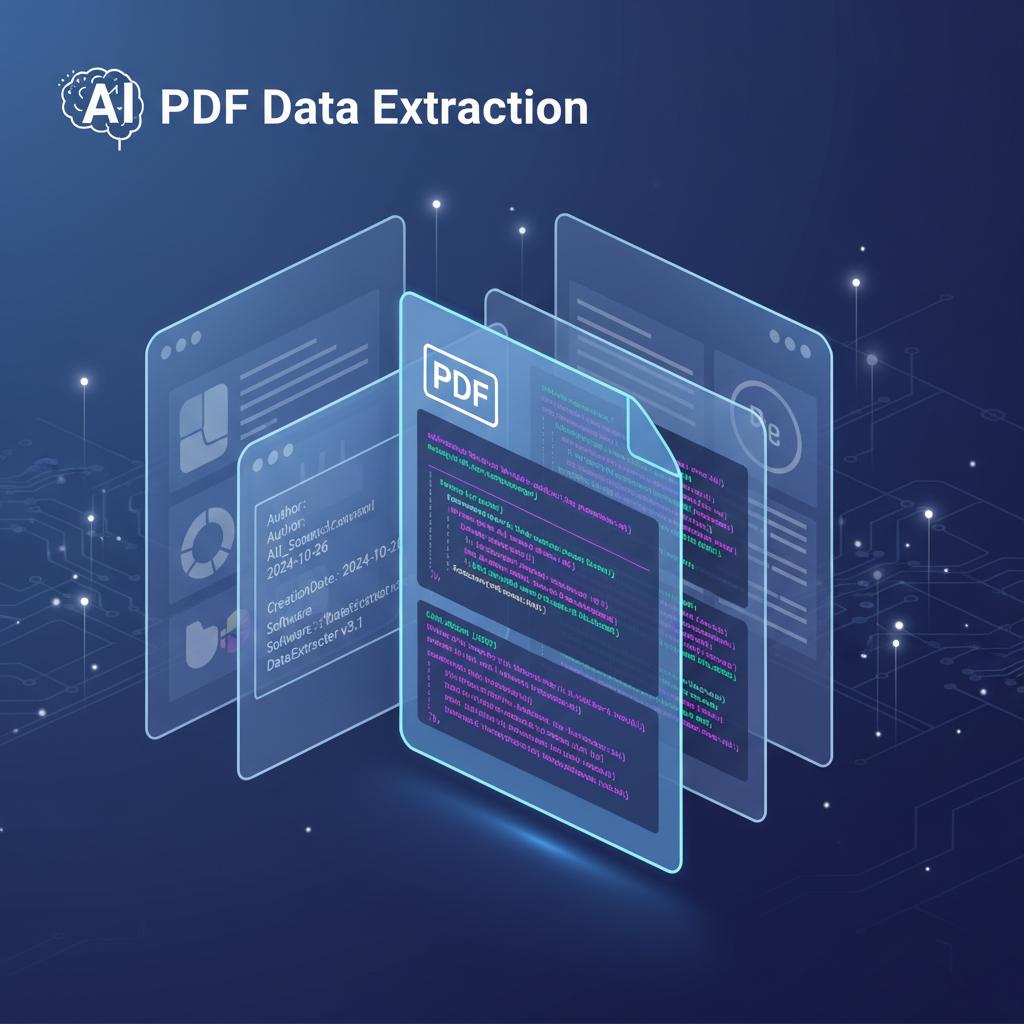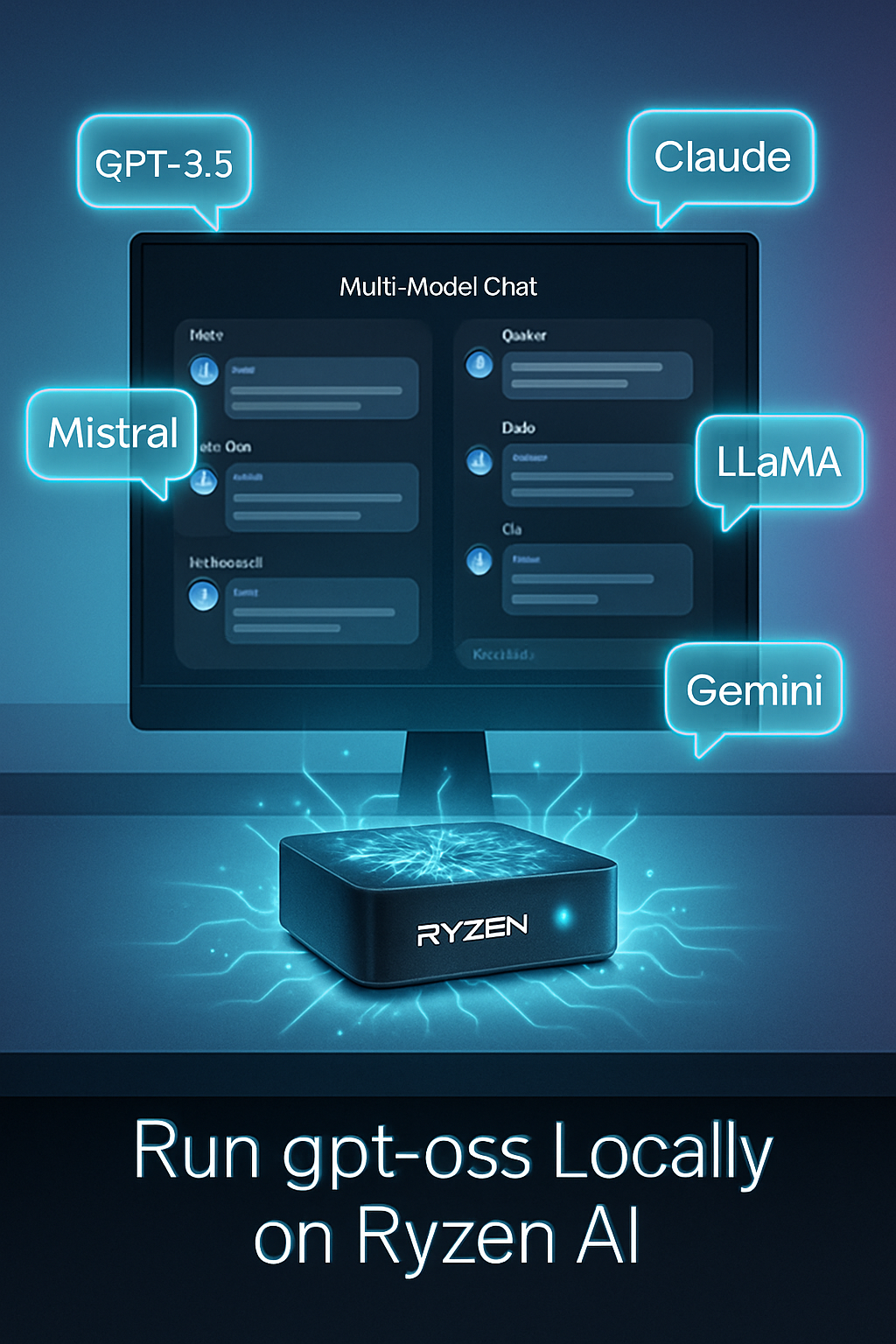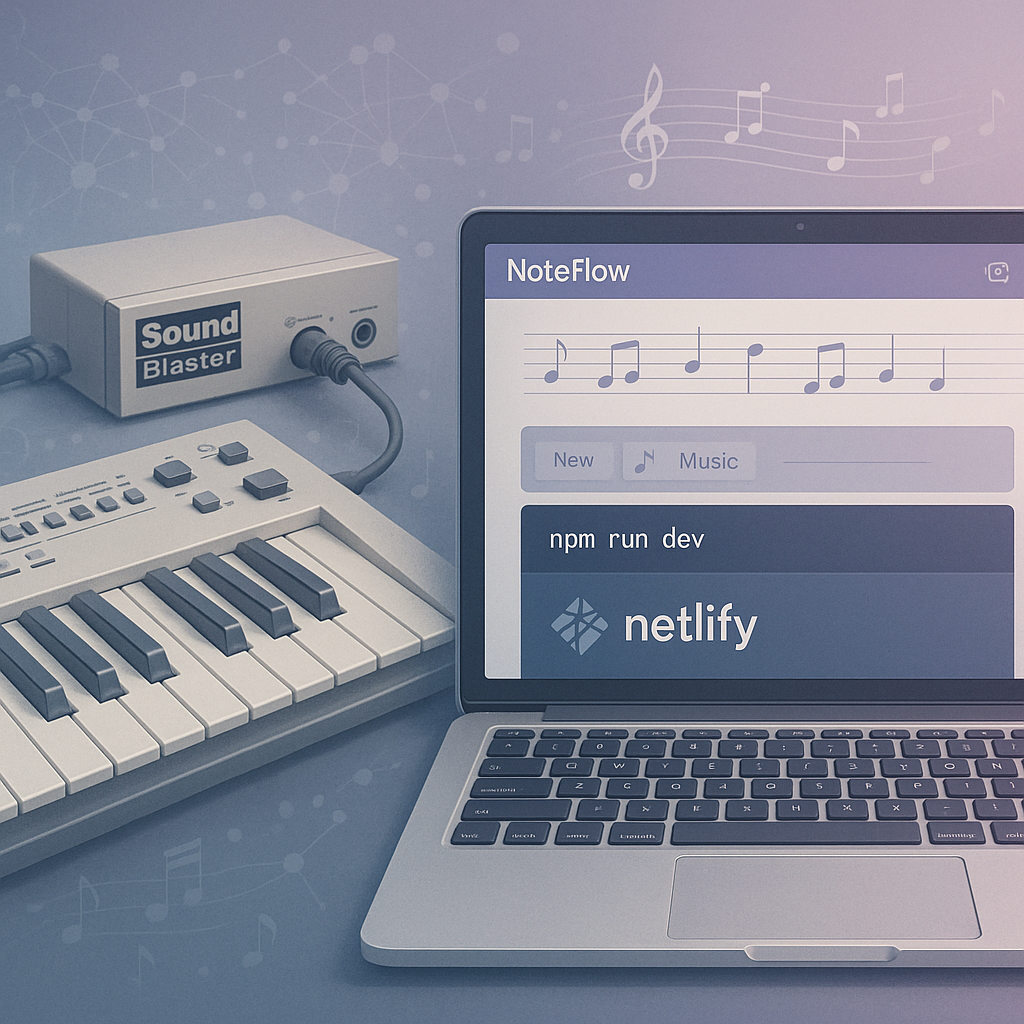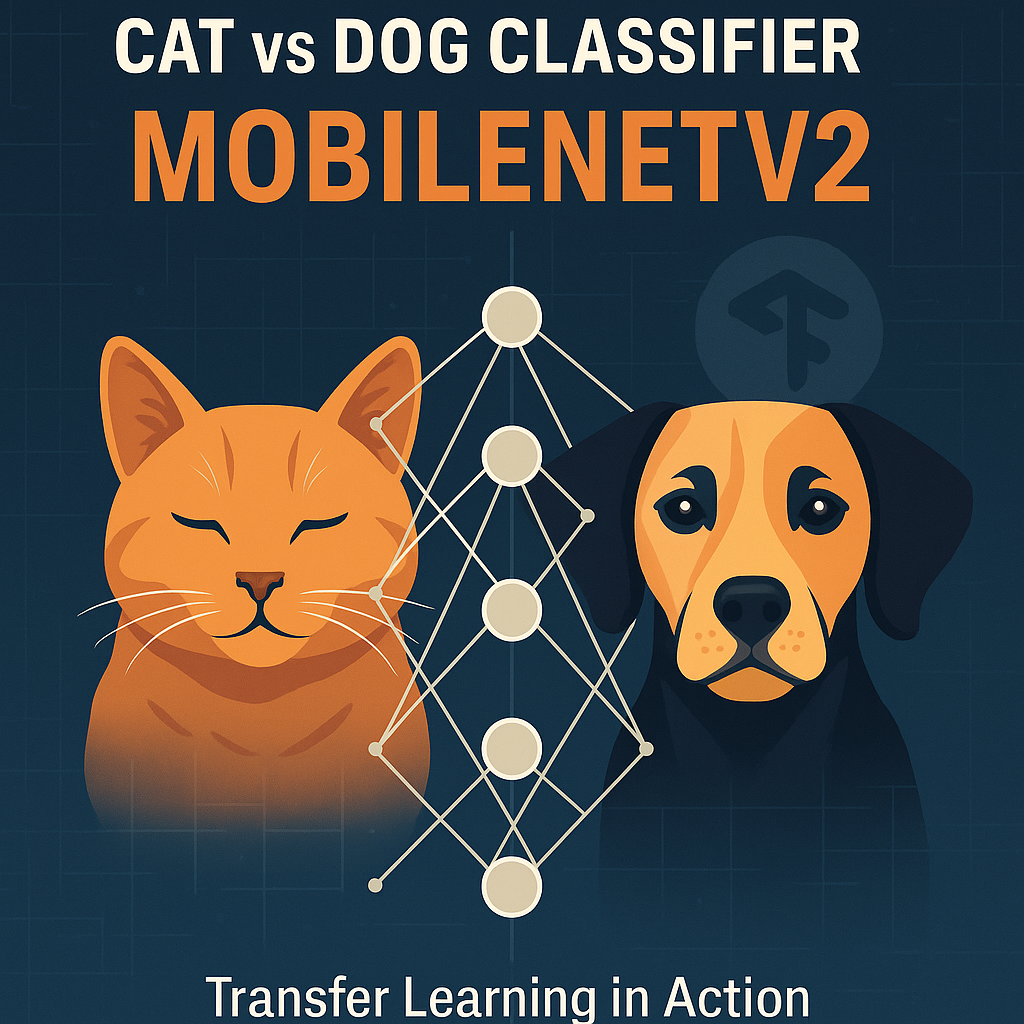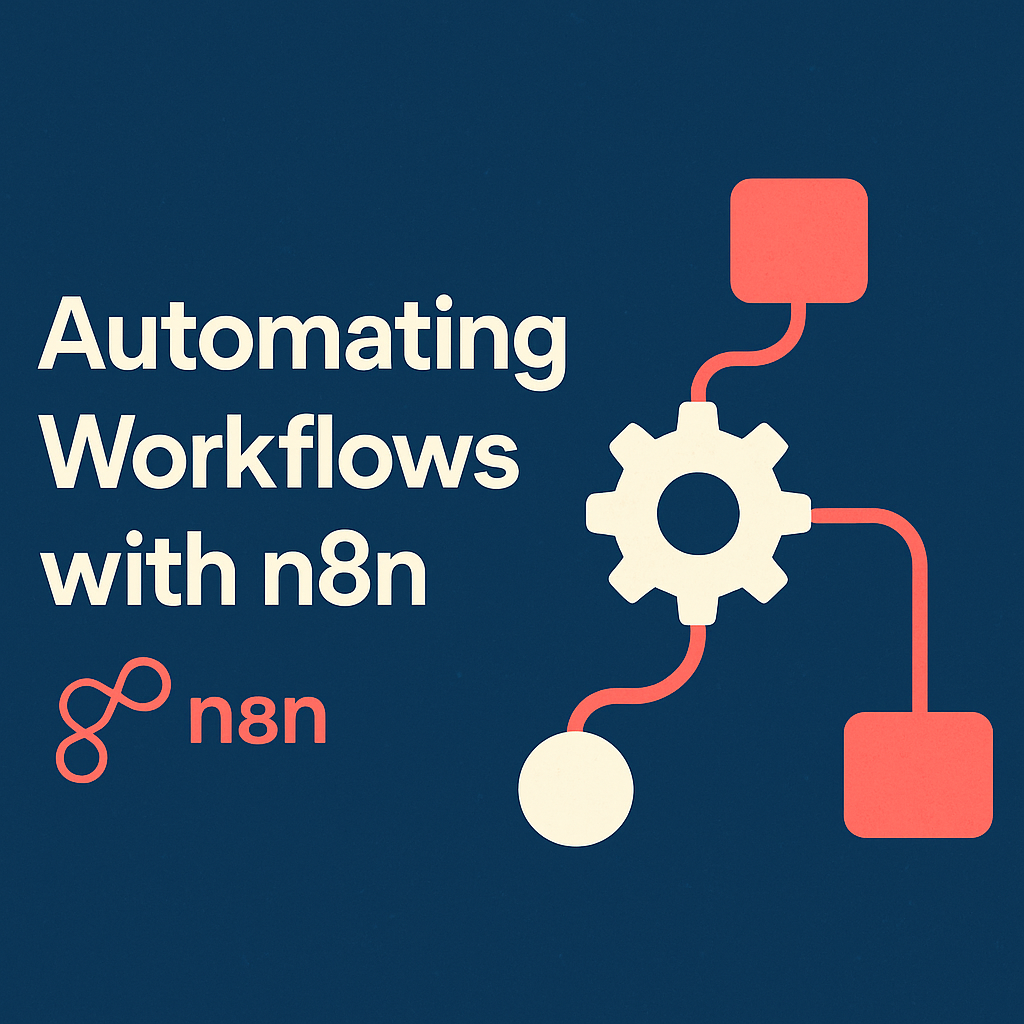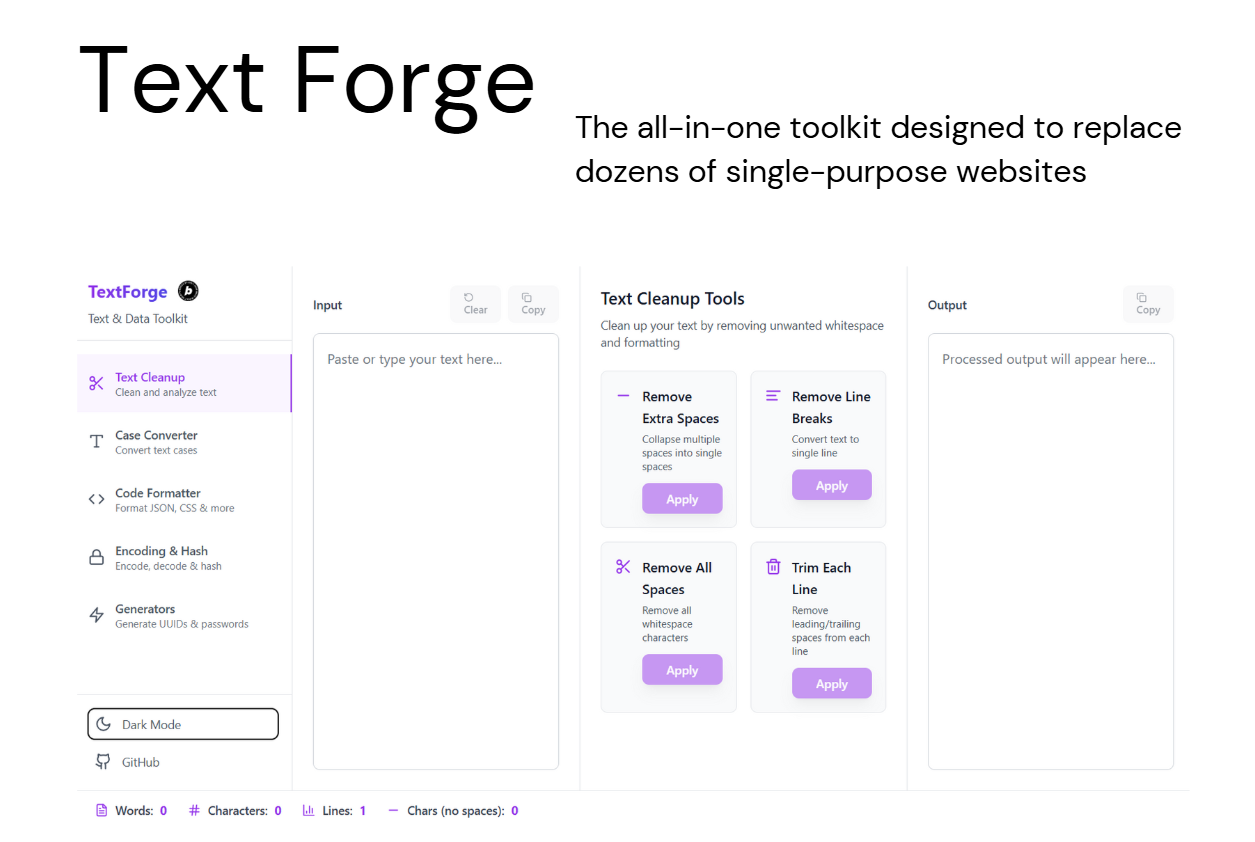Voice-Native Document Intelligence
VoiceDoc Agent is a voice-native document intelligence system built for the AI Partner Catalyst hackathon. It transforms static documents into spoken, conversational experiences using Gemini on Vertex AI, ElevenLabs Speech-to-Text and Text-to-Speech, and Datadog observability. The project demonstrates a production-ready, voice-first architecture with expressive narration, persona-aware responses, real-time metrics, and synthetic traffic testing — showcasing how Google Cloud partner services can be composed into a measurable, scalable AI system.
Read more
